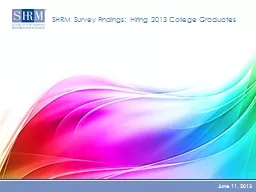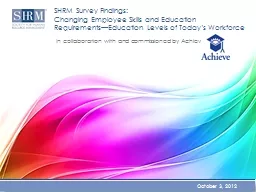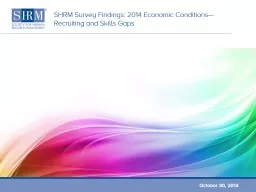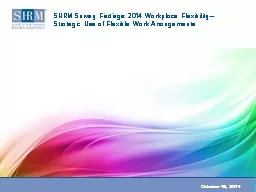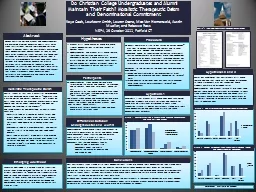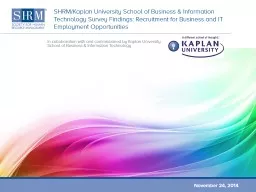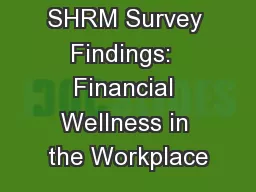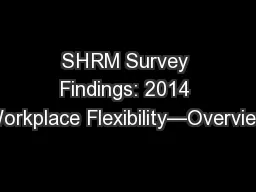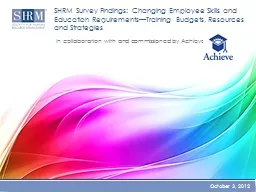PPT-July xx, 2012 SHRM Survey Findings: The Hiring of 2012 University/College Undergraduates
Author : calandra-battersby | Published Date : 2019-10-30
July xx 2012 SHRM Survey Findings The Hiring of 2012 UniversityCollege Undergraduates and Postgraduates Key Findings 2 Have organizations hired any 2012 universitycollege
Presentation Embed Code
Download Presentation
Download Presentation The PPT/PDF document "July xx, 2012 SHRM Survey Findings: Th..." is the property of its rightful owner. Permission is granted to download and print the materials on this website for personal, non-commercial use only, and to display it on your personal computer provided you do not modify the materials and that you retain all copyright notices contained in the materials. By downloading content from our website, you accept the terms of this agreement.
July xx, 2012 SHRM Survey Findings: The Hiring of 2012 University/College Undergraduates: Transcript
Download Rules Of Document
"July xx, 2012 SHRM Survey Findings: The Hiring of 2012 University/College Undergraduates"The content belongs to its owner. You may download and print it for personal use, without modification, and keep all copyright notices. By downloading, you agree to these terms.
Related Documents


